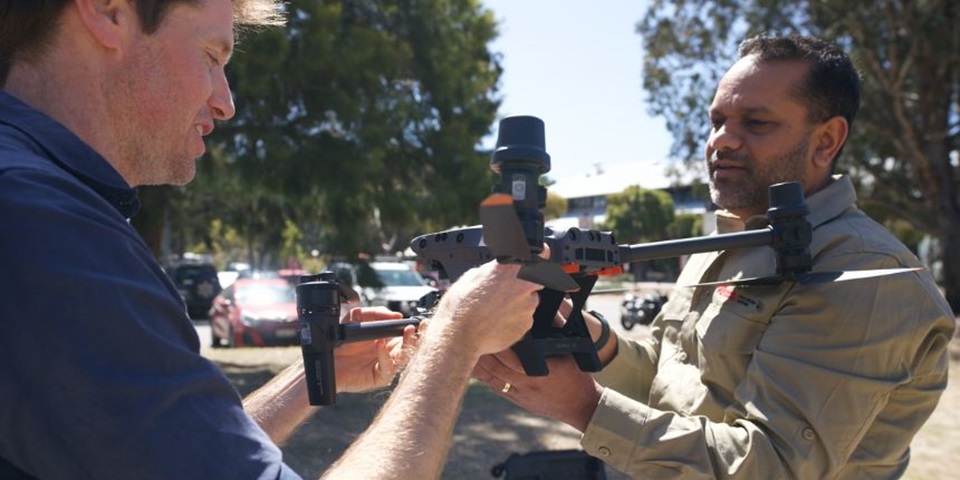News
AI cameras to revolutionise bushfire detection in remote areas

Researchers from Murdoch University’s Harry Butler Institute have been awarded substantial funding to develop AI software that can detect bushfires in their earliest stages.
The initial stage of the project will involve collecting data during prescribed burns in order to visually train the AI to detect the composition of different fires.
Worldwide technology leader Cisco is funding the project, as part of its Cisco Research Gift Program.
Once the software is developed, the research team, including Harry Butler Institute’s Director of Operations Andre deSouza, Dr David Murray and Professor Kevin Wong from the School of IT, hopes the AI model will be deployed within cameras Australia-wide and even globally.
Mr deSouza said the project would help to facilitate rapid detection and response to bushfires particularly in regional and remote areas.
“Each year we see the devastating impact of bushfires or wildfires around the world, and we hope to reduce some of the impact through our solutions,” he said.
We’re hoping to collect data that will allow us to build an AI model that can easily be deployed in cameras to detect smoke and fire at the edge.”
Mr deSouza said edge detection was a key feature regionally, where data is costly and difficult to move.
“We’re really hoping that our solutions will be embedded amongst organisations responsible for fire management across WA, and, with investment and interest from a global player like Cisco, the world,” he said.
Dr Murray specialises in computer networks and systems, while Professor Wong works with both AI and virtual reality, making the team well-versed in the programs necessary to develop the software.
“Bushfires have had a massive impact on Australia, particularly wildife and our non-urban communities,” Dr Murray said.
The ability to have year-round, all-hours automated systems to detect and trigger human responses to bushfires is of great importance.”
Professor Wong said it was important to collect images for different stages of fire behaviour, as well as varying environmental conditions for both day and night in order for the AI model to be most effective.
“We are developing AI techniques to better learn and extract information from the digital images collected, so that effective alerts can be generated for the relevant department to respond promptly,” he said.
In 2023 alone, the Visible Infrared Imaging Radiometer Suite (VIIRS) has alerted to 137,159 fires across Australia.
Cisco researcher Charles Fleming, based in California where wildfires exponentially impact locals, said the gift fund aimed to fund impactful projects which not only advance research, but potentially save lives.
“Wildfires are a major problem in California and many other parts of the world, and we hope that this technology improves early detection and reduces the risk to the people who live in these areas,” Mr Fleming said.
News
AI cameras to revolutionise bushfire detection in remote areas
Posted on
Topics